
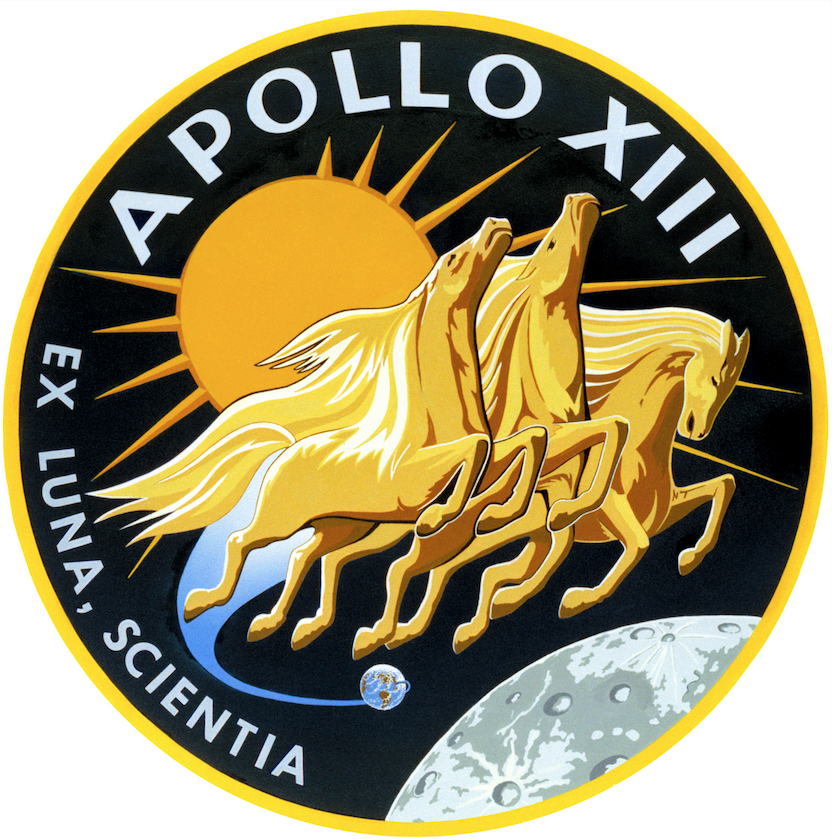
Mission Commander Lovell visually aligned the spacecraft with the LM’s Reaction Control System thrusters, by sighting the Earth in his window of the LM. Once aligned, LM pilot Fred Haise conducted the burn, which was timed by CM pilot Jack Swigert.
Swigert timed the burn using his NASA-issued Omega Speedmaster Professional Chronograph, a very accurate manual wristwatch.
The Mid Course Correction ignition commenced at T+137:39:51.5 and the engine was cutoff at T+137:40:13.0 (12:52:51–12:53.13 UTC), for a duration of 21.5 seconds.
MCC-7 was performed at EI-5 hours (137:39 GET). The same manual piloting technique used for MCC-5 was used for control during MCC-7. This was manual crew pitch and roll control with the TTCA and automatic yaw control by the AGS. MCC-7 was performed with LM RCS using the +X translation push button. It steepened the flight path angle at EI to -6.49 degrees. After MCC-7, the crew maneuvered the spacecraft to the SM separation attitude. The CM re-entry RCS system was activated and a firing test of the thrusters was successful.
—“Apollo 13 Guidance, Navigation, and Control Challenges” by John L. Goodman, United Space Alliance. American Institute of Astronautics AIAA 2009-6455 at Page 23.
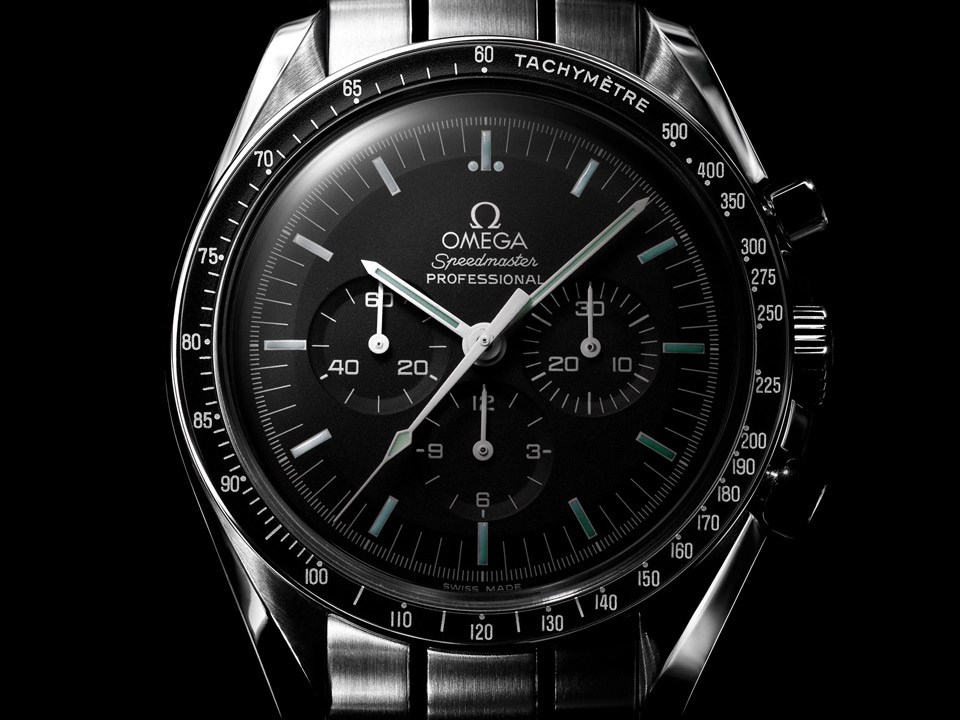
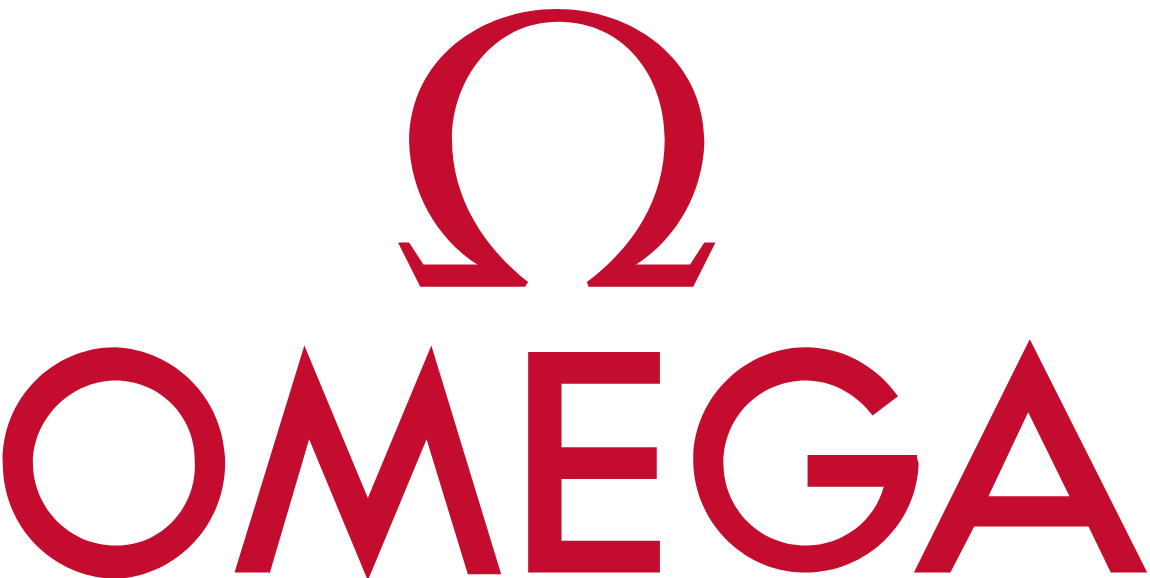
The Speedmaster’s crystal is not glass, but “hesalite,” a clear, scratch-resistant plastic. There had been concern that if a crystal broke during a space flight, glass fragments could be scattered throughout the weightless environment of the spacecraft, presenting a danger to the astronauts.
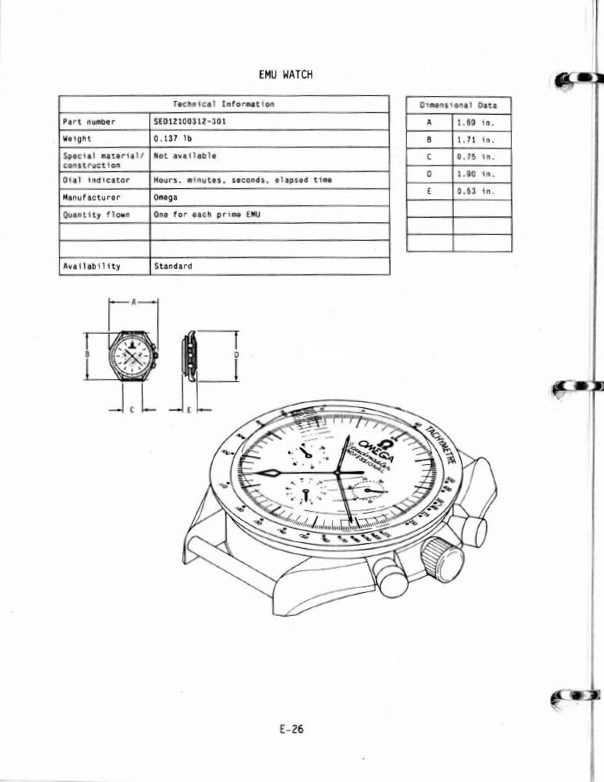
NASA provided Omega Speedmaster Professional Chronographs to Gemini and Apollo Program astronauts. Each watch was engraved with NASA’s two-digit serial number, and could be equipped with an adjustable length Velcro strap which allowed the watch to be worn on the outside of the space suit. NASA also assigned an equipment part number.
Jack Swigert’s watch, p/n SEB12100039-002, was NASA’s number 69. It is in the collection of the Smithsonian Institution National Air and Space Museum, as Catalog Number 1977-1181.000. In 2016, the watch was on display at the University of Colorado.
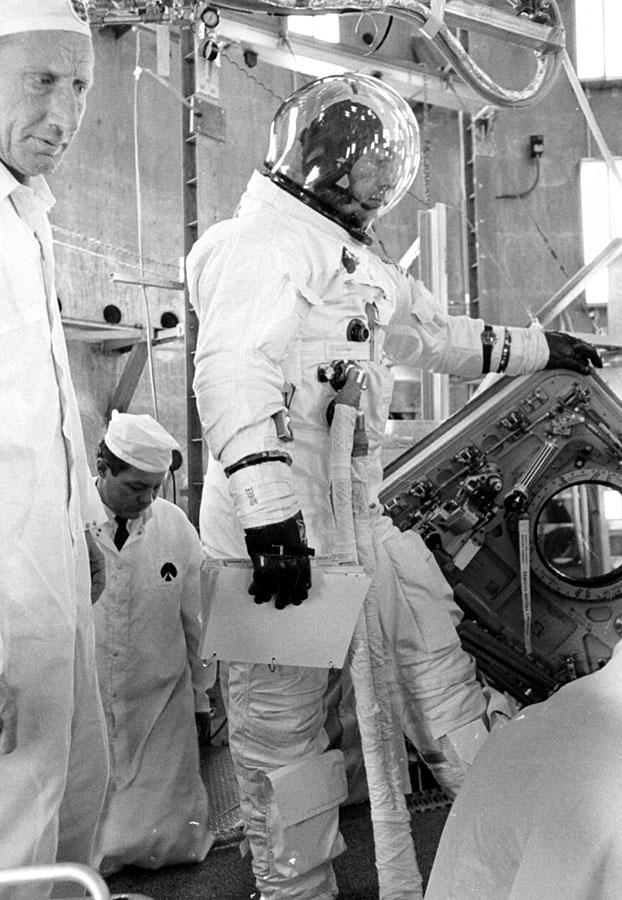
© 2019, Bryan R. Swopes